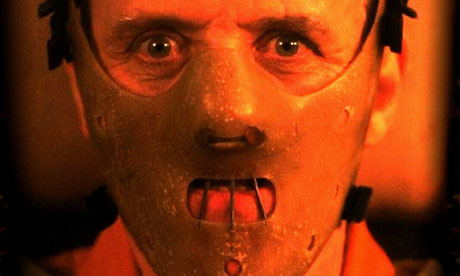
Is rape an act of hate? Why are you 100 times more likely to be killed on your birthday? Might a casual Mars Bar prompt you to commit murder? And why should you steer clear of men with long ring-fingers? These and other equally intriguing questions are posed here by Adrian Raine.
The book is subtitled "The Biological Roots of Crime" and the larger part of it is an extensive and, despite the grim subject, entertaining account of the physiological factors that may have a role in antisocial behaviour. Some, Raine argues, are evolutionary in origin. Rape, for example, may be an aspect of an instinctive male drive to reproduce his genes as widely as possible (the correct interpretation of the "survival of the fittest" criterion). In support of this disturbing hypothesis, he cites the fact that a statistically high number of rape victims are attacked at their peak reproductive age. And yet, of course, at this age women are also likely to be at their most attractive, though Raine also suggests that rapists do not necessarily pick victims for their sexual allure. Most rapists come from the socially disadvantaged backgrounds, a fact which is also, rather unconvincingly, pressed into service in the evolutionary theory (undominant males allegedly having to cheat the system in order to spread their genes). But social disadvantage surely promotes a sense of inferiority, which seems at least as likely a catalyst for crimes like rape.
Raine has spent three decades researching a subject that may have serious implications for criminal justice and crime prevention. He describes his own conversion to respect for biological determinism from an initial flirtation with the theories of RD Laing, who argued that psychotic states were induced purely by deficiencies in familial environments. The studies cited by Raine range widely. Examination of the prefrontal cortex – an area of the brain exclusive to humans and responsible for emotional control – indicates that it malfunctions in violent criminals. More recondite researches suggest that disruptive schoolboys have lower resting heart rates and women deficient in iron during pregnancy may have children with higher than usual levels of manganese in their system, which, in turn, apparently predisposes them to greater aggression.
Raine gives due weight to psychological and social elements in the cocktail of factors which may tend to violence. Countries such as Denmark and Japan, where income equality is high, have lower murder rates – as do those where fish consumption is high. In addition, it seems the Beatles were right and that all you need is love, as cultures that place a greater value on love than financial success (though where these paradises are located remains unclear) also have lower rates of violent crime. And in one of many droll case studies we learn of the "Twinkie defence", when the sugar rush supposedly induced by a brand of cake was successfully used by lawyers acting for the man accused of the murder of gay US politician Harvey Milk. Parents keen on restricting children's sugar intake will be confirmed in their resolution.
As Raine points out, the research raises big questions. If our actions are caused by physiological factors beyond our control, where does that leave free will and how does that affect the penal system? If we can anticipate violent adult crime by screening children for conditions such as a low resting heart rate, should we then monitor them to avert later catastrophe? If a genetic disposition that tends towards criminal outcome is detected, should that person be denied the right to have children? Is early vitamin B deficiency a sufficient defence against murder? The moral position is challenging.
Raine gives examples where genetic dispositions have had both positive and negative outcomes owing to differing social environments. Long ring-fingers in men indicate higher than usual testosterone levels, but this of itself does not lead to aggressive behaviour. It simply adds to the likelihood. And Raine is careful to point out that such anomalies can also have a role in acts of unusual courage, even heroism.
The book makes fascinating reading, though I could have done without the jaunty, hail-fellow-well-met style. "Don't you sometimes find that Christmas is just a bit too much?" "Killing is one thing. Striking your wife across the face is another." Indeed. And in case you've not yet worked it out, you are more likely to die on your birthday because the rate of infanticide at the time of birth is alarmingly high. The Anatomy of Violence is a sobering reminder that for all our cultural pretensions, we are also at the mercy of our biological systems. The potential for violence is an aspect of our humanity – a potential easily aroused.
Salley Vickers's latest novel is The Cleaner of Chartres (Viking)

